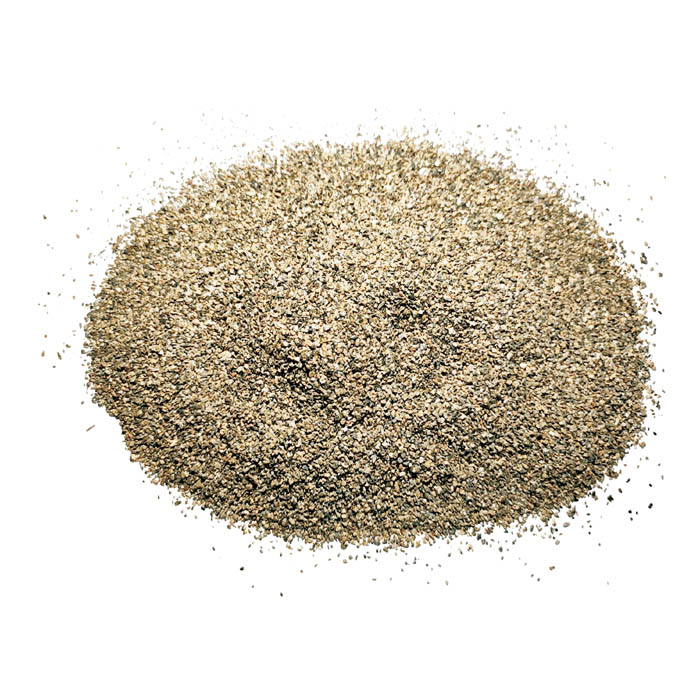Nov . 23, 2024 05:58 Back to list
perlite or vermiculite
Perlite or Vermiculite Which is the Better Growing Medium?
When it comes to gardening and horticulture, the choice of growing medium plays a pivotal role in the success of your plants. Among the many options available to gardeners, perlite and vermiculite are two of the most popular choices. Both materials are derived from volcanic rock and have unique properties, making them suitable for various gardening applications. However, each has its own advantages and disadvantages that can influence your decision. In this article, we will explore the differences between perlite and vermiculite, helping you choose the best growing medium for your needs.
What is Perlite?
Perlite is a naturally occurring volcanic glass that is made to expand through a heating process. This expansion creates lightweight, white, and porous particles that provide excellent aeration and drainage in the soil. Due to its high porosity, perlite helps to prevent soil compaction, allowing roots to access oxygen and nutrients more easily. Additionally, it is pH neutral, making it suitable for a wide range of plants.
Perlite is often used in potting mixes, seed starting, and hydroponics. Its ability to retain water is minimal compared to other mediums, which makes it an ideal choice for plants that prefer to be on the drier side, such as succulents and cacti. Because of its lightweight nature, perlite is also a good option for container gardening, where weight can be a concern.
What is Vermiculite?
Vermiculite, on the other hand, is a mineral that expands when heated, similar to perlite. However, the properties of vermiculite differ significantly. The expanded particles are golden-brown and have a more sponge-like texture, allowing them to retain moisture and nutrients effectively. This capacity for water retention makes vermiculite an excellent medium for seed starting and for plants that require consistent moisture, such as ferns and leafy greens.
Vermiculite also has a neutral pH and is lightweight, making it easy to handle and mix with other soil amendments. It is often used in soil mixes for both indoor and outdoor plants, as well as in hydroponic systems. However, it is important to note that while vermiculite offers great moisture retention, it can become compacted over time, which may reduce aeration in the soil.
perlite or vermiculite

Comparative Advantages
When comparing perlite and vermiculite, it's essential to consider what you are looking for in a growing medium. If drainage and aeration are your primary concerns, especially for drought-resistant plants, perlite would be the better choice. Its excellent drainage properties help to prevent root rot and other issues caused by overwatering.
Conversely, if you are growing plants that prefer a moist environment, such as certain houseplants or vegetables, vermiculite is your best bet due to its superior water retention capabilities. It not only holds water but also helps retain nutrients, providing a steady supply of moisture to plant roots.
Moreover, those who are concerned about their growing medium's organic content may find perlite to be a more sustainable choice. Perlite is simply volcanic glass and does not contain any nutrients, whereas vermiculite, derived from a natural mineral, can sometimes be contaminated with asbestos if not processed correctly.
Environmental Impact and Considerations
Both perlite and vermiculite are typically considered environmentally friendly options. Perlite is produced through heating, which is relatively low-impact, but the mining process can be disruptive to local ecosystems. Vermiculite's production, however, has raised concerns in the past due to potential asbestos contamination in certain regions. It’s important to source your vermiculite from reputable suppliers who ensure their product is free from harmful contaminants.
Conclusion
Ultimately, the choice between perlite and vermiculite comes down to the specific needs of your plants and the growing conditions you are providing. Evaluate factors such as moisture retention, aeration, and your plants' preferences to make an informed decision. In many cases, gardeners find blending both perlite and vermiculite with soil creates an ideal growing medium, combining the best of both worlds. By understanding these two popular materials, you can create an optimal environment for your plants to thrive. Happy gardening!
-
Fe-C Composite Pellets for BOF: Enhance Steelmaking Efficiency
NewsAug.07,2025
-
Eco-Friendly Granule Covering Agent | Dust & Caking Control
NewsAug.06,2025
-
Fe-C Composite Pellets for BOF: High-Efficiency & Cost-Saving
NewsAug.05,2025
-
Premium Tundish Covering Agents Exporters | High Purity
NewsAug.04,2025
-
Fe-C Composite Pellets for BOF | Efficient & Economical
NewsAug.03,2025
-
Top Tundish Covering Agent Exporters | Premium Quality Solutions
NewsAug.02,2025
